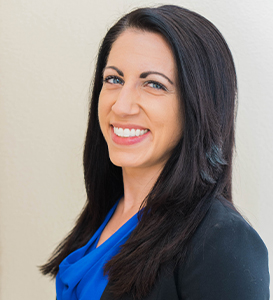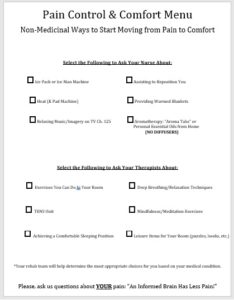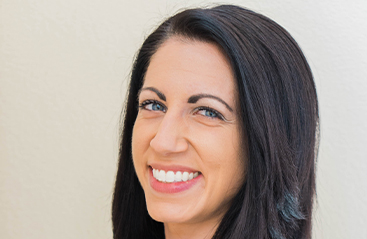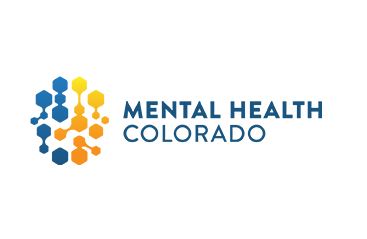In March, I had the pleasure of chatting with Megan Doyle, an occupational therapist at St. Luke’s Health System in Idaho who has completed a Fellowship in Pain Sciences through the International Spine & Pain Institute in partnership with Evidence in Motion. We discussed the great strides she and her colleagues are making in Idaho to reduce opioid consumption in acute pain management through non-opioid methods. Our conversation is summarized below:
Tell us about yourself – what is your background and what sparked your interest in acute pain management?

I am an occupational therapist by trade. I obtained a B.S. in Exercise Science with a Psychology Minor and then obtained a M.S. in Occupational Therapy from Indiana University. Occupational therapists have an incredibly holistic scope of practice. We consider the whole person: mind, body, and spirit. Pain is something occupational therapists see and need to address because it is the ultimate barrier preventing patients from engaging in their daily lives more often than not. Occupational therapists use “occupations” or things people want or need to do in their daily lives as a goal for treatment and as the treatment itself. The engagement in occupations, as well as an emphasis on mental and behavioral health, is what sets occupational therapists apart from physical therapists.
For the first few years after occupational therapy school, I worked in an outpatient clinic and focused on treating patients that had upper body issues like wrist or hand fractures and the subsequent pain from those injuries. Watching my patients be so greatly affected by their pain and hearing their concerns that they weren’t going to be able to get back to their normal life motivated me to obtain an additional certification as a Therapeutic Pain Specialist. I then went on to complete a full two-year Fellowship in Pain Science. Most of the curriculum was focused on chronic pain, but it made me wonder why we weren’t treating acute pain in the same holistic way and using the same biopsychosocial methods. I wondered if treating in a more holistic way might help to reduce postoperative acute pain from transitioning to chronic pain? That experience ignited my passion in exploring ways to manage acute pain in a more holistic manner.
Can you tell us a bit about your hospital?
I work at St. Luke’s health system, at the main campus in Boise, Idaho. St. Luke’s is the largest health system in Idaho and it spans into Oregon. I work at an inpatient rehabilitation hospital within the system that has two floors. One floor focuses on an acute inpatient rehab population, where patients are seen for at least three hours of therapy per day and have most often neurological diagnoses. The other floor focuses on a subacute inpatient rehab population where those patients generally are older and may not require as many hours of intensive therapy due to having more orthopedic conditions, but still greatly benefit from rehab therapies to return to independence.
What patient populations do you serve?
I treat an equal number of men and women. Their ages range from 14 to 105! In combination across both rehab hospital floors, we treat patients that are recovering from stroke, post-traumatic brain injury, spinal cord injury, spinal surgery, a variety of fractures and other acute injuries, joint replacements, respiratory failure, and/ or heart attacks. For these patients, pain comes in many forms.
What inspired your group to create a non-opioid perioperative pain management experience for patients?
I started at St. Luke’s in the Fall of 2017, with the dream of addressing pain holistically. Around the time I started, CMS and other hospital regulatory bodies started pressuring hospitals to start addressing the opioid crisis and reduce opioid consumption. St. Luke’s was required to have a pain team address opioid use within the hospital system. This team was told to include nonpharmacological pain management as part of a patient centered pain care plan to reduce opioid usage. Leadership in my inpatient rehabilitation hospital realized that I had additional training around holistic pain management and asked me if I was up to helming our effort. Of course, I said yes!

Our patients’ pain is the biggest barrier to functional rehabilitation gains because it impacts every aspect of their quality of life. To address this holistically, we quickly realized we needed to educate our broader team, comprised of nursing staff, therapy staff, and physicians, about the nonpharmacologicaloptions available to manage pain, as well as pain neurophysiology. We also created a “Pain Control and Comfort Menu,” which we have been using now for almost three years. It is an array of nonpharmacological options that are divided into selections that the nursing staff or our therapy staff would have an easier time providing. Examples of options include, but are not limited to, stress management techniques, heat/cold packs, different therapeutic exercises, and addressing the quality of sleep. The “Pain Control and Comfort Menu” are introduced to the patient by the nursing staff. There is a laminated copy in each room and the patients are given a paper copy in their patient education binder that they get to take home.
I routinely train the nursing staff on the latest research on our understanding of pain from the biopsychosocial model so they in turn can educate their patients. If the patient doesn’t understand their body and has long held beliefs about pain (for example, that pain always means tissue damage) and they don’t understand the mind body connection to pain, it makes it harder for them to understand how non-opioid options can help. It also helps the therapists and the nurses to speak the same language and be on the same page when treating a patient. We try to empower the patient to help them feel less afraid of moving and help them to understand why those non-opioid or non-pharma options would benefit them.
What positive downstream affects have you seen since you implemented your program?
Our patients feel like they are being well-cared for and that their opinions are being heard. Our nursing staff feels that the additional training on pain and the “Pain Control and Comfort Menu” has allowed them to have richer conversations with their patients. The nurses believe they are providing more emotional support and other holistic options before relying on opioids or other medication.
What are the next steps/future directions?
Our goal is to expand the “Pain Control and Comfort Menu” and pain training into the other inpatient rehab settings and the eight acute care hospitals within the St. Luke’s health system. We are also continuing to work with our therapy staff to holistically manage patients’ pain, as they get a greater amount of time with patients than the nurses do, and therefore can have even greater impact and foster self-management of pain for our patients. Lastly, we are working with other staff members to develop more resources on holistic acute pain management.



